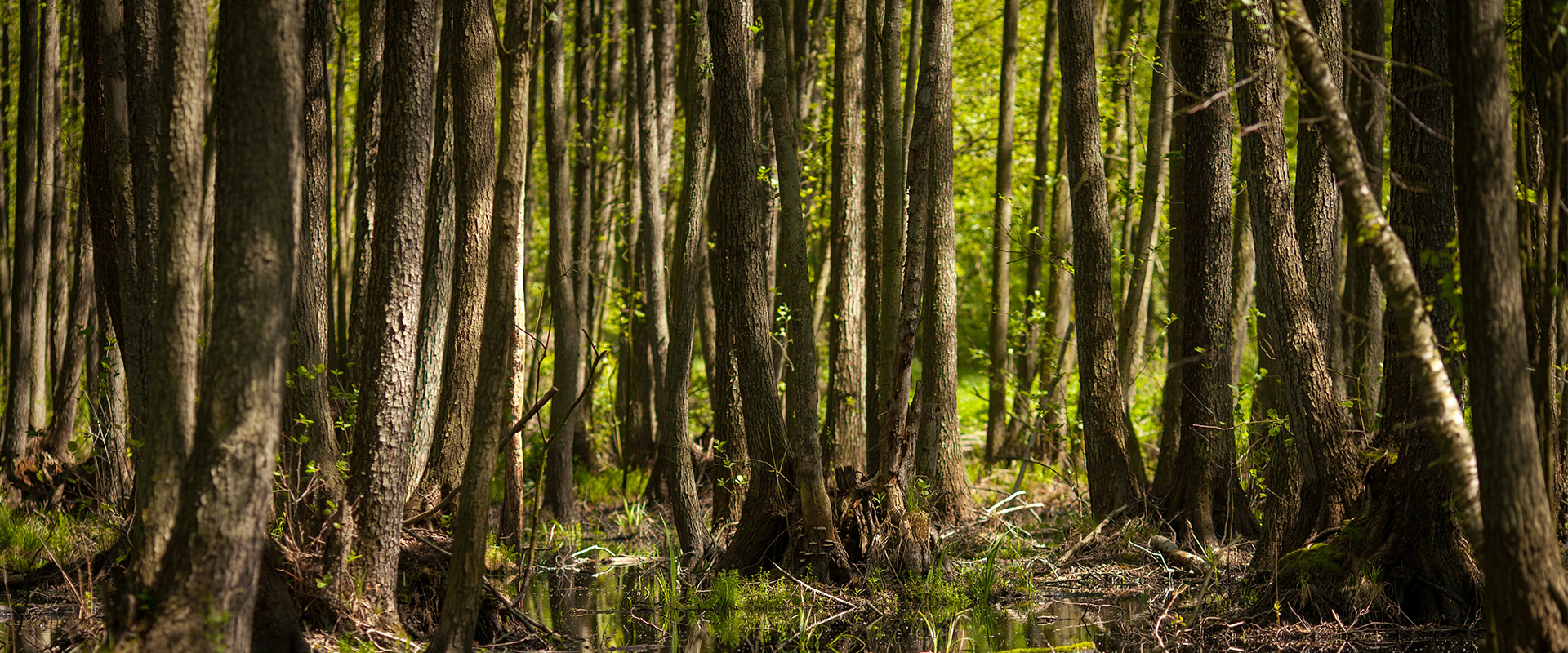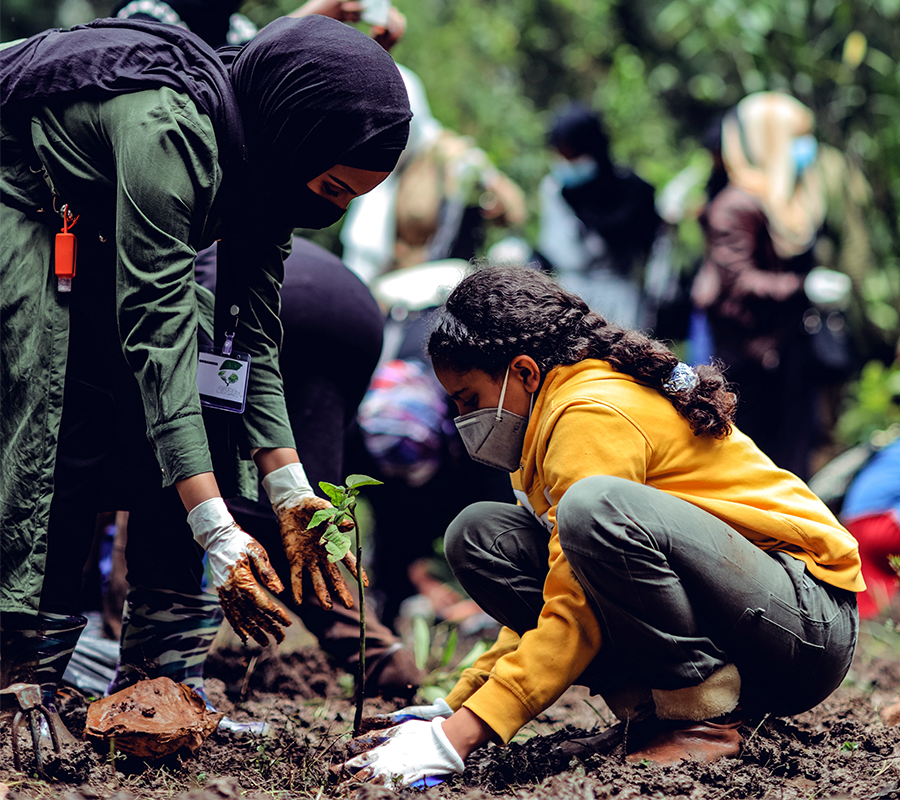
Trees 101: How Trees Fight Climate Change
Carbon is one of the most abundant elements in our atmosphere, and a major component of all living things...

The protection, restoration and improved management of forests in Canada is key to mitigating climate change and protecting biodiversity.
Canada’s boreal forest soil, plants, and wetlands hold more than 12% of the world’s land-based carbon stock, the equivalent of more than 35 years of CO2 emissions from burning fossil fuels.
The diverse boreal landscape supports about two-thirds of Canada’s known species and provides nesting and breeding habitat for about half of Canada’s bird species, including up to 3 billion migrating birds each year.
Intact forests, like the boreal, are declining due to fires, diseases, industrial activity, and logging. Since 1996, more than 28 million acres (or 11 million hectares) of the boreal forest in Canada has been logged (twice the area of Nova Scotia). In addition, it is estimated that between 1975 and 2019, an estimated 3.3 million hectares of Canadian forests were converted to non-forest uses such as agriculture, mining and oil and gas extraction, and urban development.
Urban forests play a significant role in reducing carbon emissions, but also in reducing flooding and erosion from storms and providing shade and cooling vapours that temper extreme heat.

Protecting Canada’s current carbon-dense, biodiversity rich forest ecosystems is the most impactful nature based solution to emission reduction.
Improved management of forests can also reduce emissions and protect biodiversity.
Reforestation and restoration of degraded forests can lead to significant carbon sequestration.
Improved management of forests can also reduce emissions and protect biodiversity. Key approaches include:


Improved management of forests can also reduce emissions and protect biodiversity. Key approaches include:

Reforestation is an important nature-based climate solution that can prevent climate change, biodiversity loss, natural disasters, food and water insecurity. Tree planting is also a way for Indigenous communities, municipalities, nature groups, and individuals to meaningfully contribute to protecting and restoring Canada’s natural systems.
Examples
Check out these examples of ways that nature-based climate solutions are being used in Canada’s forests, from local neighbourhood level to nation-wide initiatives. They might help you to think of projects for your community!
Here are organizations that you can contact to learn more about nature-based climate solutions in forests.
Canada’s wilderness is the world’s envy. It’s our duty to keep our true north strong and green.
Donate